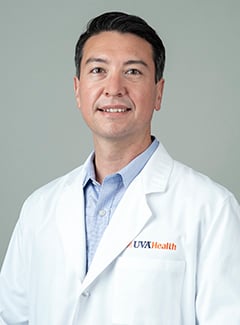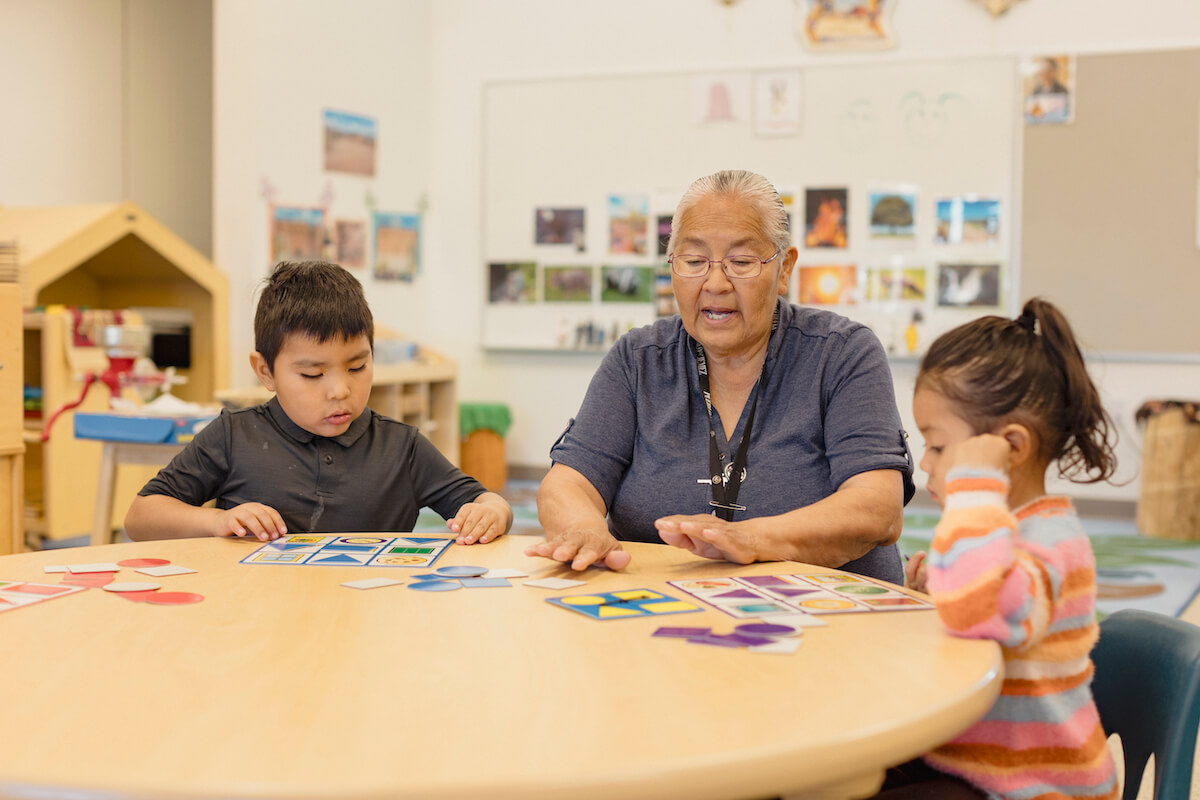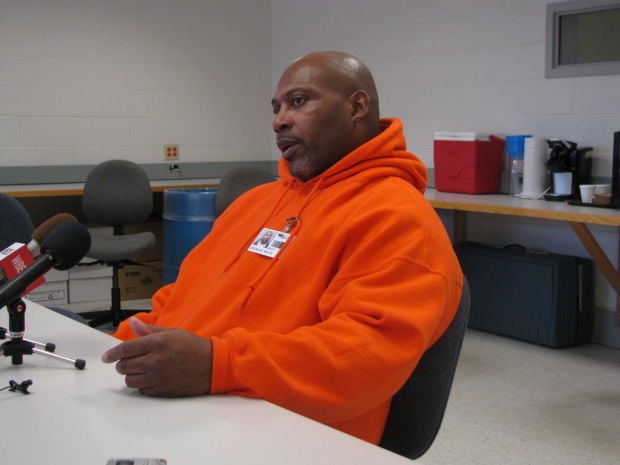Report on Educational Disparities and Alternative Support Systems for Justice-Involved Youth in Oregon
Introduction: Aligning with Sustainable Development Goals 4, 10, and 16
The experience of formerly incarcerated youth within the Oregon education system highlights significant challenges in achieving key Sustainable Development Goals (SDGs), particularly SDG 4 (Quality Education), SDG 10 (Reduced Inequalities), and SDG 16 (Peace, Justice and Strong Institutions). The case of an 18-year-old individual, “Andrew,” illustrates the systemic barriers that prevent vulnerable youth from obtaining educational credentials and successfully reintegrating into society. Oregon’s data reveals a stark disparity: the four-year completion rate (diploma or GED) for the Class of 2021 was 84.5% for the general student population, but only 48.5% for formerly incarcerated students. This gap underscores a failure to provide equitable and inclusive education for all, a core tenet of the SDGs.
Case Study: The Youth Progress College and Career Attainment Program (CCAP)
Program Model: A Holistic Approach to Education and Well-being
Youth Progress, a Portland-based organization, offers the College and Career Attainment Program (CCAP) to serve youth who have been incarcerated or in foster care. The program’s model is designed to address the complex needs of its participants, aligning with multiple SDG targets.
- SDG 4 (Quality Education): CCAP aims to make education accessible by providing individualized support, tutoring, and a new GED preparation center. This directly addresses Target 4.5, which calls for equal access to education for vulnerable children.
- SDG 3 (Good Health and Well-being): Recognizing that 96% of youth in the Oregon Youth Authority (OYA) system have a known trauma history, CCAP provides a safe, non-punitive environment. This “holistic approach” prioritizes mental well-being as a prerequisite for learning, in line with Target 3.4.
- SDG 8 (Decent Work and Economic Growth): The program focuses on developing essential life skills, such as time management and personal responsibility, to prepare youth for independent living and future employment, contributing to Target 8.6 to reduce the proportion of youth not in employment, education, or training.
The program’s methodology, described by Education Manager Jennifer Lopez as an “approach where academic meets everything else about the student,” represents a shift from traditional, often exclusionary, educational models to one that is inclusive and supportive.
Systemic Barriers to Achieving Educational Equity
Institutional Failures and the Impact on SDG 16
Despite the efforts of programs like CCAP, systemic failures within the broader juvenile justice and education systems impede progress. Andrew’s experience demonstrates critical gaps in institutional effectiveness and accountability, which are central to SDG 16.
- Lack of Continuity: The failure to transfer Andrew’s Individualized Education Program (IEP) between facilities delayed his academic progress, highlighting a lack of coordinated, effective institutions.
- Insufficient Post-Program Support: Upon discharge from OYA, Andrew was left without a support structure, increasing his vulnerability and risk of recidivism. His father, Justin Hon, noted the need for extended resource support to break the “vicious cycle.”
- Accountability Gaps: A formal complaint filed by Hon regarding inadequate supervision at a prior facility remains under investigation, pointing to challenges in ensuring transparent and accountable institutions (Target 16.6).
These institutional shortcomings directly result in the poor educational outcomes that contravene the principles of SDG 10 (Reduced Inequalities).
Re-evaluating Success and Pathways to Reform
Redefining Educational Success Beyond Traditional Metrics
The CCAP model challenges conventional definitions of educational success. While Andrew did not earn academic credits during his time in the program, he developed newfound self-confidence and a desire to complete his education. Program staff advocate for measuring success based on personal growth and development, not solely on linear progress and degrees.
- This perspective aligns with SDG 4, Target 4.7, which emphasizes that education should equip learners with skills for sustainable development, including the promotion of a culture of peace and non-violence and an appreciation for human rights.
- Focusing on a “personal record” of improvement allows for the celebration of individual progress, which is critical for youth who have experienced significant trauma and educational disruption.
Recommendations for Systemic Change
To better serve justice-involved youth and advance the Sustainable Development Goals, systemic reforms are necessary. Based on the observations of program staff and family members, key recommendations include:
- Diversifying Educational Models: Creating a broader spectrum of “spheres of education” that prioritize student well-being and offer flexible pathways to credentials, moving away from a rigid, one-size-fits-all system.
- Strengthening Transitional Support: Implementing robust, long-term support systems for youth leaving the justice system to ensure their continued progress in education and employment, directly addressing SDG 8 and SDG 10.
- Reforming Institutional Practices: Ensuring that justice and education systems are integrated, accountable, and focused on rehabilitation and support, thereby building the strong institutions required by SDG 16.
Ultimately, Andrew’s journey underscores that achieving quality education and reducing inequality for all requires a fundamental shift in how society supports its most vulnerable young people, moving from punitive measures to a holistic, rights-based approach.
Which SDGs are addressed or connected to the issues highlighted in the article?
-
SDG 4: Quality Education
The article is centered on the educational challenges faced by formerly incarcerated youth. It details Andrew’s struggle to obtain a high school diploma or GED, the failure of the system to provide consistent education (“he returned home… without having earned any high school credits”), and the significant disparity in graduation rates. It also highlights the role of alternative education programs like CCAP and Rosemary Anderson High School in providing accessible and individualized learning for vulnerable students, including those with special education needs (IEP).
-
SDG 16: Peace, Justice and Strong Institutions
The article critically examines the juvenile justice system in Oregon (OYA). It discusses the system’s effectiveness, with Andrew’s father stating it “did more harm than good” and is “so broken.” The focus is on the need for rehabilitative, non-punitive approaches (“we’re not giving them all these consequences, kicking them out. It’s like we’re working with them”) and strong post-release support to prevent recidivism (“that vicious cycle continues again”). This directly relates to developing effective and accountable institutions that ensure justice and safety for children.
-
SDG 10: Reduced Inequalities
The article explicitly highlights the deep inequalities in educational outcomes. It contrasts the statewide four-year completion rate (84.5%) with that of formerly incarcerated students (48.5%). It focuses on the need to provide equal opportunity for vulnerable youth who face multiple disadvantages, such as a history of incarceration, foster care, special education needs, and trauma. Programs like Youth Progress aim to promote inclusion by helping students “overcome their challenges without excluding them.”
-
SDG 8: Decent Work and Economic Growth
A key motivation for Andrew is economic stability, as he states, “I want to have a good-paying job.” The article links education directly to career prospects. The program Andrew attended is the “College and Career Attainment Program” (CCAP), which aims to help youth “develop career-related skills” and “prepare for adult life.” The narrative addresses the challenge for youth who are not in education, employment, or training (NEET) and the importance of providing pathways to economic self-sufficiency.
-
SDG 3: Good Health and Well-being
The article underscores the importance of mental health and well-being as a prerequisite for learning. It notes that 96% of youth in OYA facilities have a “known trauma history.” Youth Progress’s “holistic approach” includes therapists and creating a safe environment where youth can rest and “not feel like you have to watch your back,” acknowledging that “the brain needs rest.” This focus on addressing trauma and promoting mental well-being is a core component of the support system described.
What specific targets under those SDGs can be identified based on the article’s content?
-
Target 4.1: Ensure that all girls and boys complete free, equitable and quality primary and secondary education.
The article illustrates the failure to meet this target for youth in the juvenile justice system. Andrew, at 18, is still trying to complete his secondary education. His story, where he spent six months in a program but “returned home… without having earned any high school credits,” shows the immense difficulty in ensuring quality education completion for this demographic.
-
Target 4.5: Ensure equal access to all levels of education and vocational training for the vulnerable.
This target is central to the article. Andrew represents a “vulnerable” youth (formerly incarcerated, special education needs). The entire purpose of organizations like Youth Progress and its CCAP is to make education accessible. Jennifer Lopez, the Education Manager, states her mission is “making education accessible to all students,” particularly those who have been failed by traditional systems.
-
Target 8.6: Substantially reduce the proportion of youth not in employment, education or training (NEET).
Andrew’s situation exemplifies the risk of becoming NEET. He is out of the justice system, not currently in school (“it’s been hard trying to get back in”), and is trying to find a job. The article highlights the need for programs that provide “another year of at least resources support” to prevent youth from falling through the cracks and into the NEET category.
-
Target 10.2: Empower and promote the social, economic and political inclusion of all, irrespective of… other status.
The “other status” here is being a formerly incarcerated youth with a disability (special education needs). Youth Progress’s philosophy of working with youth’s mistakes instead of “kicking them out” is a direct effort to promote inclusion rather than exclusion. The goal is to help them reintegrate and succeed in society, which is the essence of social and economic inclusion.
-
Target 16.6: Develop effective, accountable and transparent institutions at all levels.
The article contains a strong critique of the Oregon Youth Authority (OYA). Andrew’s father’s call for the system to “shut down and start new, with a focus on education and recidivism” is a demand for a more effective and accountable institution. His complaint about a facility, which “remains under investigation,” also points to issues of accountability and transparency.
Are there any indicators mentioned or implied in the article that can be used to measure progress towards the identified targets?
-
Completion/Graduation Rates
The article explicitly provides this indicator. It states, “For the Class of 2021, the four-year completion rate… was 84.5%. The statistic for formerly incarcerated students was 48.5%.” This data point is a direct measure of educational outcomes and disparities (Indicator 4.1.1).
-
Proportion of Youth with Specific Vulnerabilities
The article provides statistics that serve as indicators of the vulnerable population within the justice system. It mentions that “55% of youth in OYA facilities in the last two years have a ‘special education history’ and 96% of youth have ‘known trauma history’.” This data helps in understanding the scale of need for specialized services (related to Target 4.5 and 3.4).
-
Recidivism Rates
This indicator is strongly implied. Andrew’s father expresses fear that without support, youth will “go back to their comfort zone, commit crime, sell drugs… and then that vicious cycle continues again.” A key goal of a reformed justice system, as he suggests, should be a focus on reducing recidivism, which is a measurable outcome (related to Target 16.6).
-
Proportion of Youth Not in Employment, Education or Training (NEET)
Andrew’s personal story serves as a qualitative indicator of the NEET challenge. He is 18, wants to go back to school but finds it “hard,” and is simultaneously trying to get a job. Tracking the percentage of youth in his situation after they leave the justice system would be a direct quantitative indicator for Target 8.6.
-
Provision of Post-Release Support Services
The availability and adequacy of support services is an implied indicator. Andrew’s father states that upon discharge, his son “had no supports, none,” and that he “had to step in and get him connected to services.” Measuring the percentage of youth who are connected to and receive continuous support services for a set period (e.g., one year) post-release would be an indicator of institutional effectiveness (related to Target 16.6).
SDGs, Targets, and Indicators Analysis
| SDGs | Targets | Indicators (Mentioned or Implied in the Article) |
|---|---|---|
| SDG 4: Quality Education | 4.1: Ensure completion of quality secondary education.
4.5: Ensure equal access to education for the vulnerable. |
– Four-year completion rate for formerly incarcerated students (48.5%) vs. statewide rate (84.5%). – Number of high school credits earned by youth in support programs. – Provision of Individualized Education Programs (IEPs). – Enrollment in alternative education schools. |
| SDG 16: Peace, Justice and Strong Institutions | 16.2: End abuse and all forms of violence against children.
16.6: Develop effective, accountable institutions. |
– Implied need to reduce recidivism rates. – Provision of post-release support services. – Number of official complaints filed against juvenile facilities. – Implementation of non-punitive, rehabilitative approaches. |
| SDG 10: Reduced Inequalities | 10.2: Empower and promote social and economic inclusion.
10.3: Ensure equal opportunity and reduce inequalities of outcome. |
– Disparity in graduation rates between vulnerable youth and their peers. – Percentage of youth in the justice system with special education needs (55%). – Existence of inclusive programs that work with youth “without excluding them.” |
| SDG 8: Decent Work and Economic Growth | 8.6: Reduce the proportion of youth not in employment, education or training (NEET). | – Youth employment status post-release. – Enrollment in education or vocational training. – Development of “career-related skills” and life skills for independent living. |
| SDG 3: Good Health and Well-being | 3.4: Promote mental health and well-being. | – Prevalence of “known trauma history” among youth in the system (96%). – Provision of mental health support (therapists). – Creation of safe, low-stress environments conducive to mental rest and learning. |
Source: opb.org







